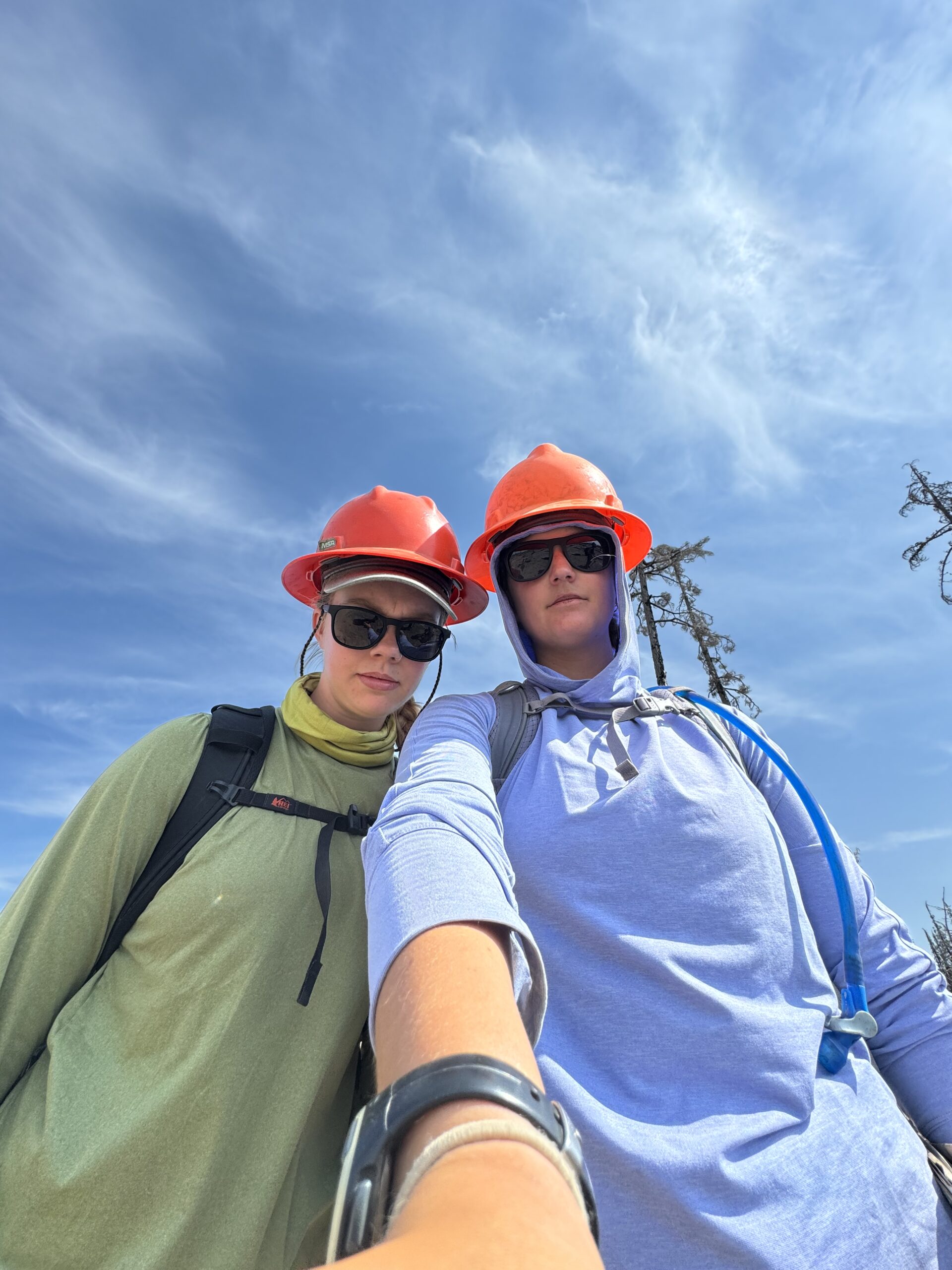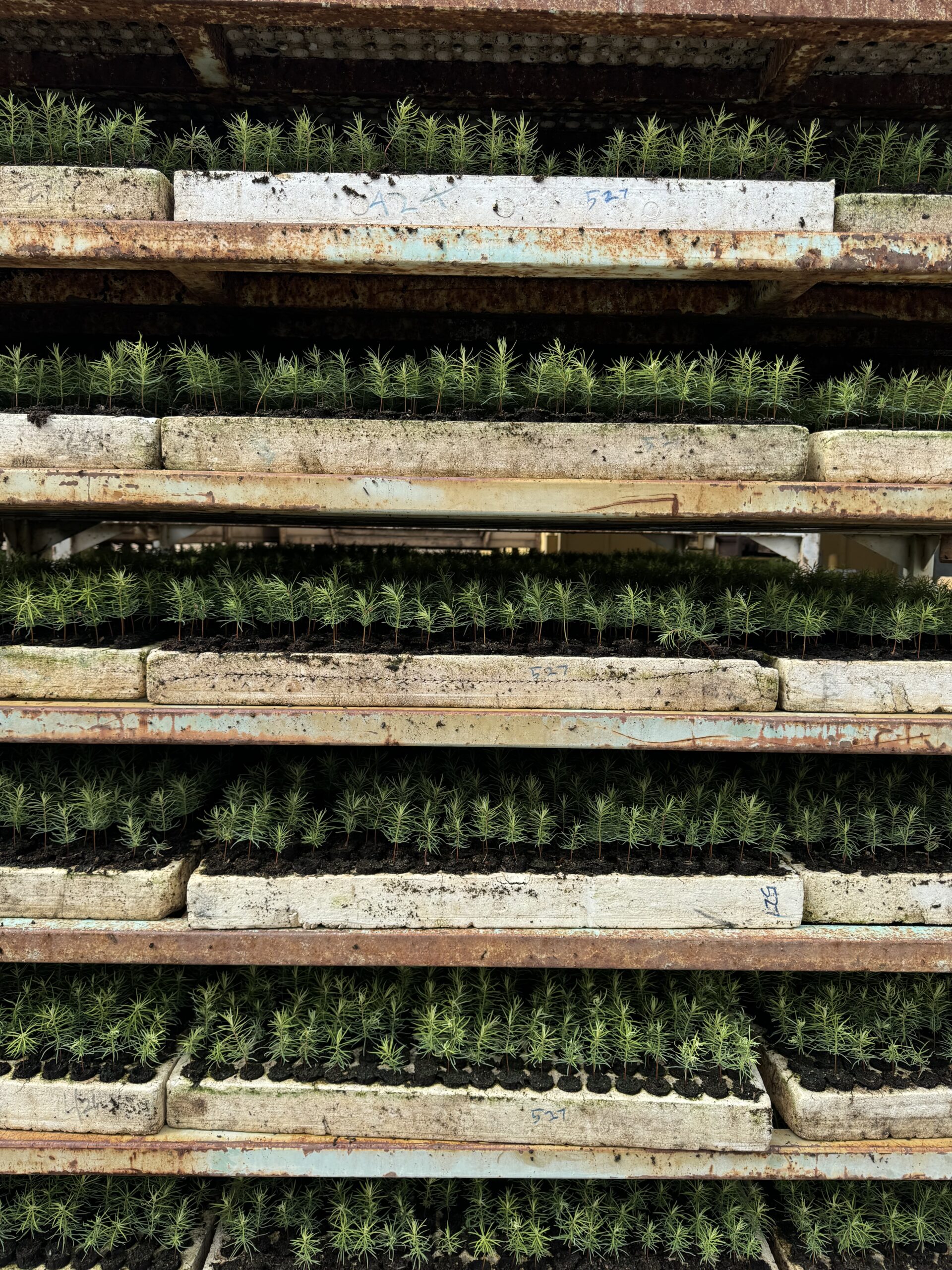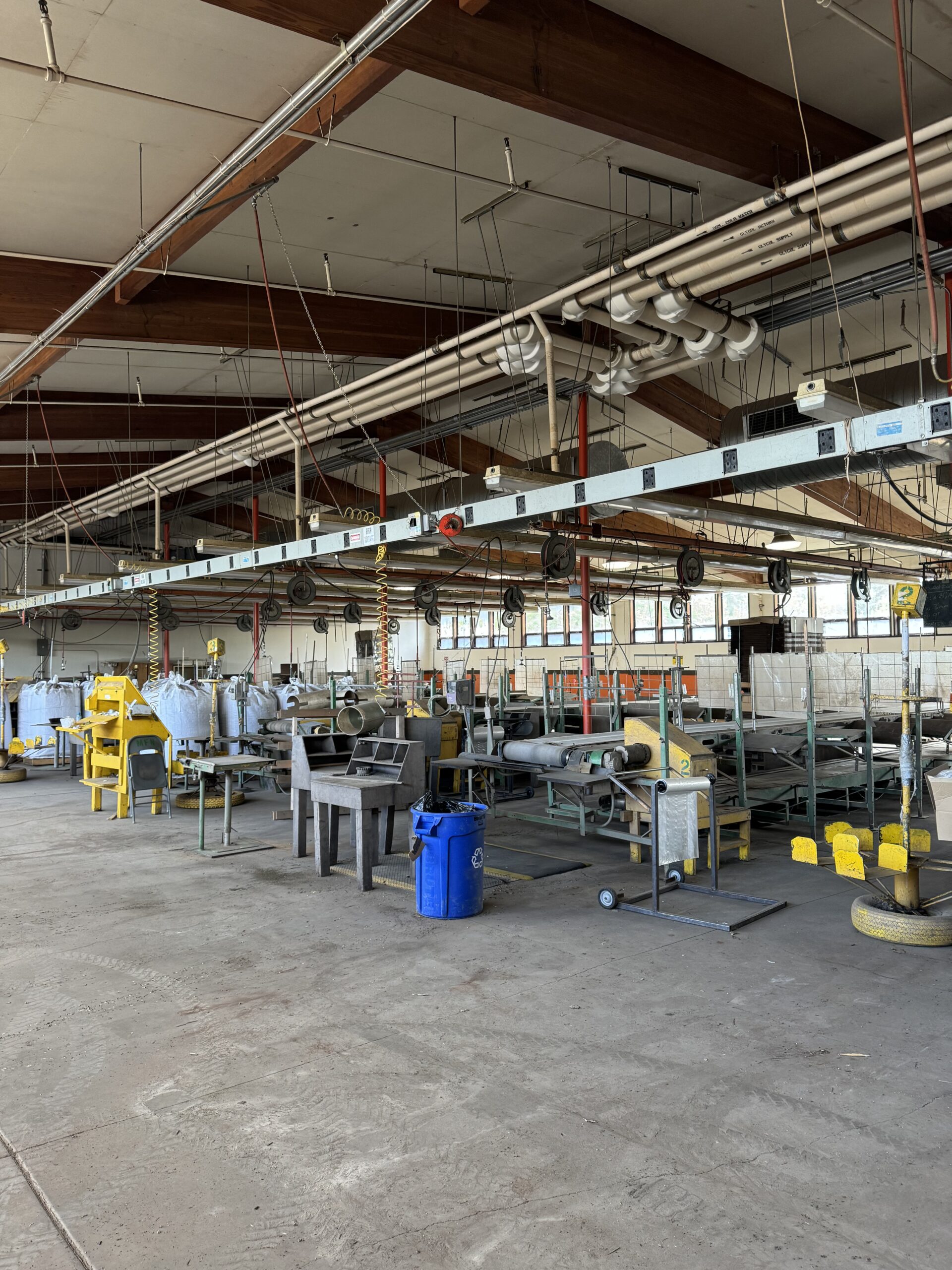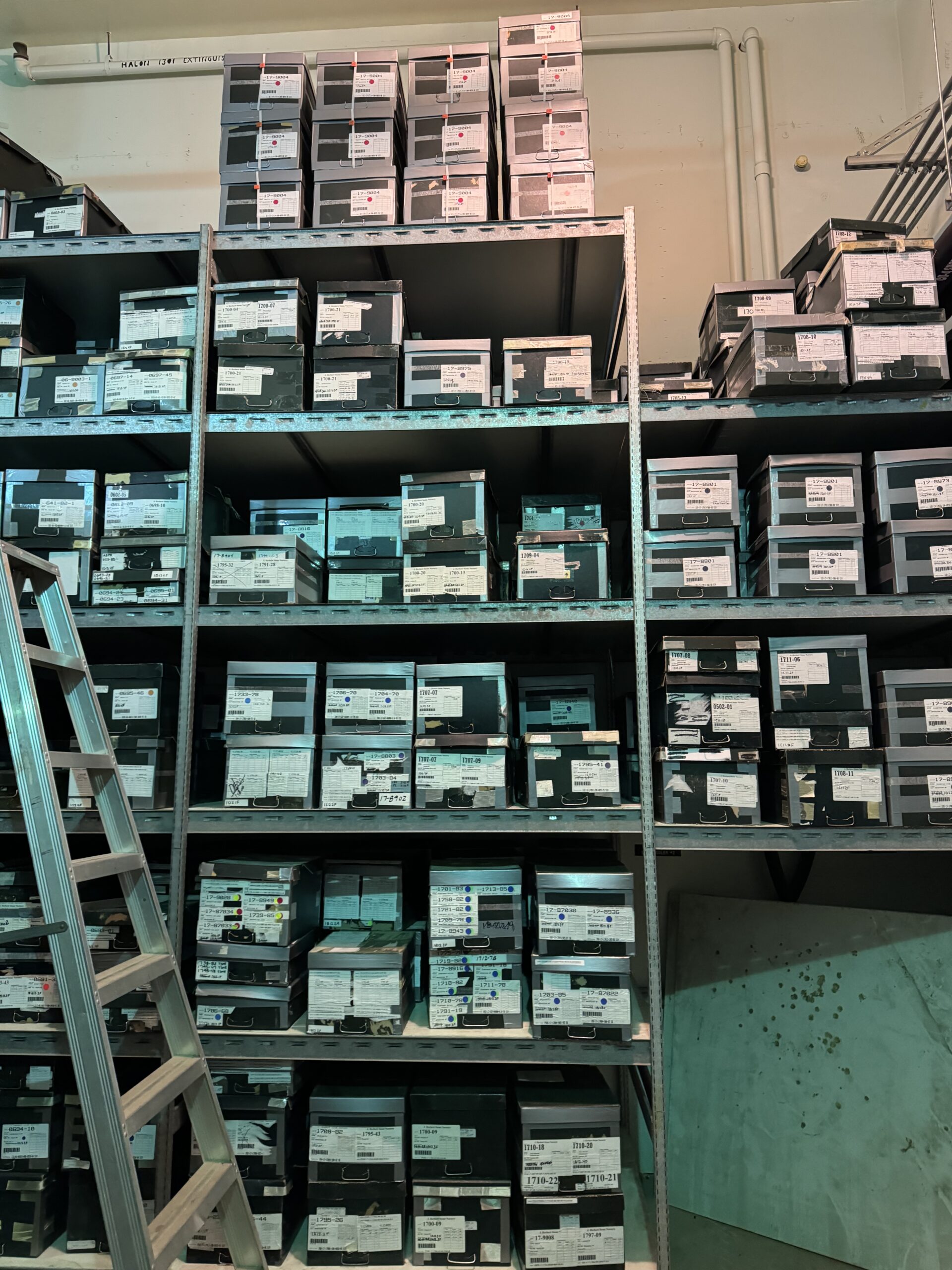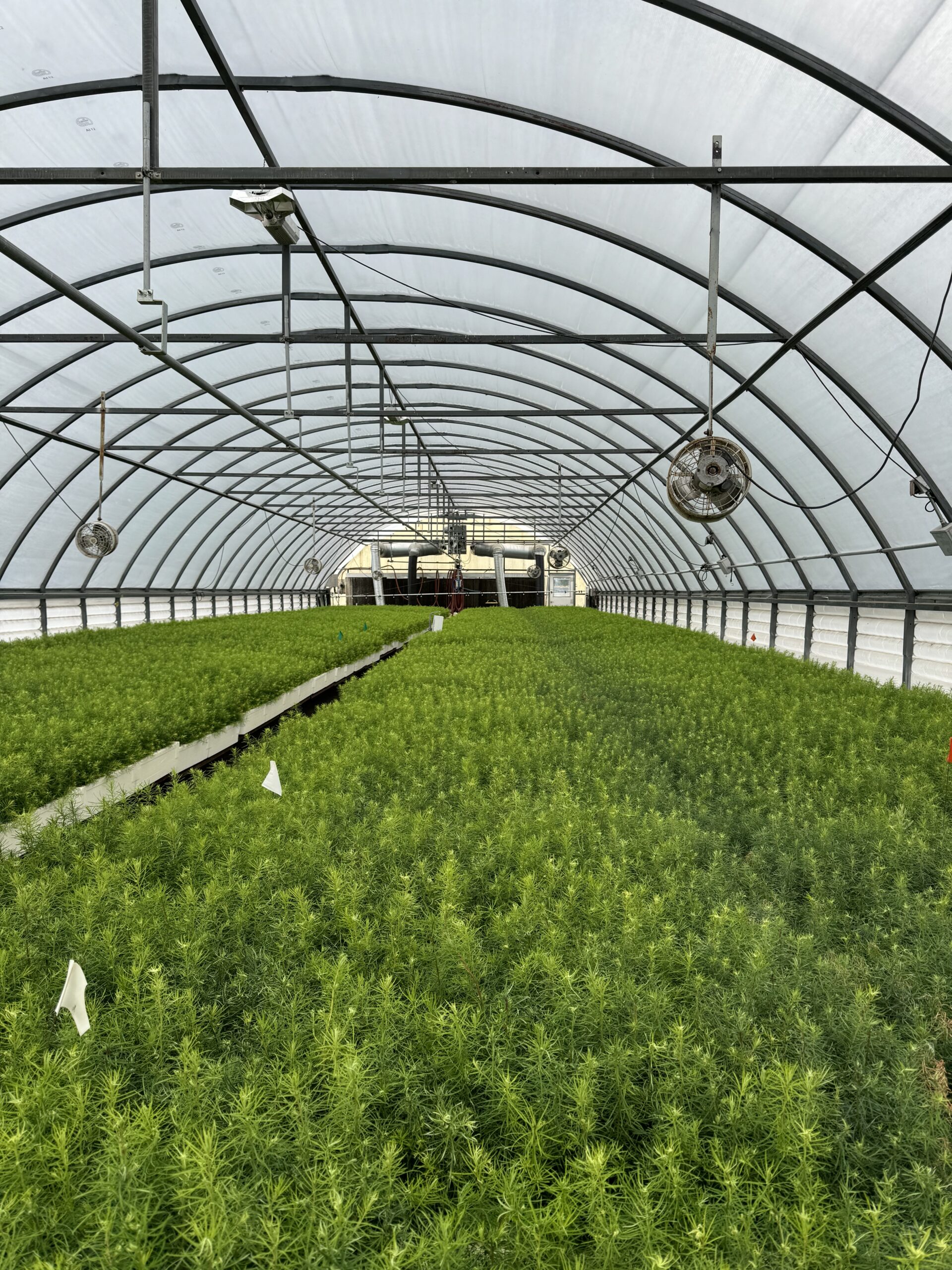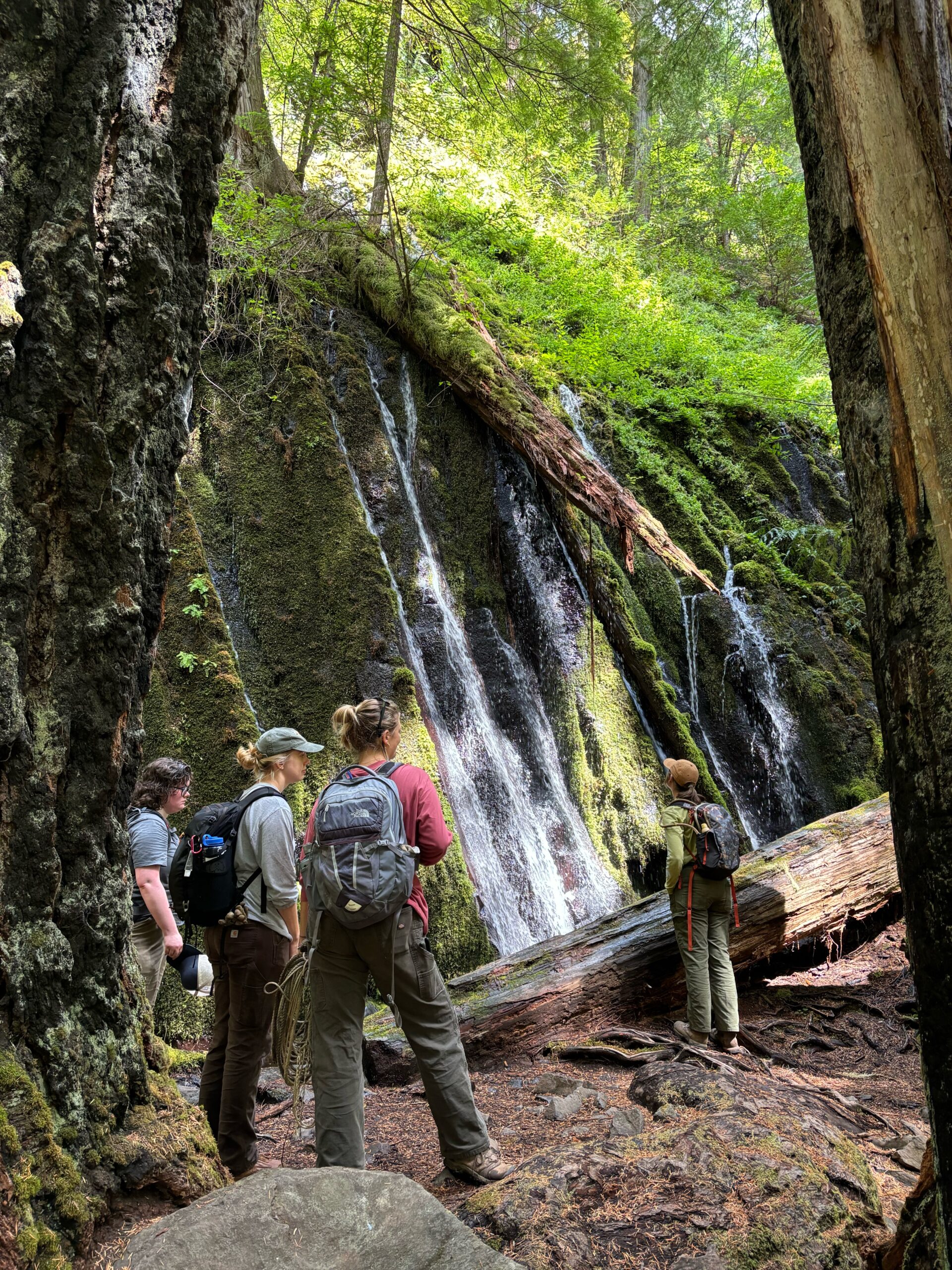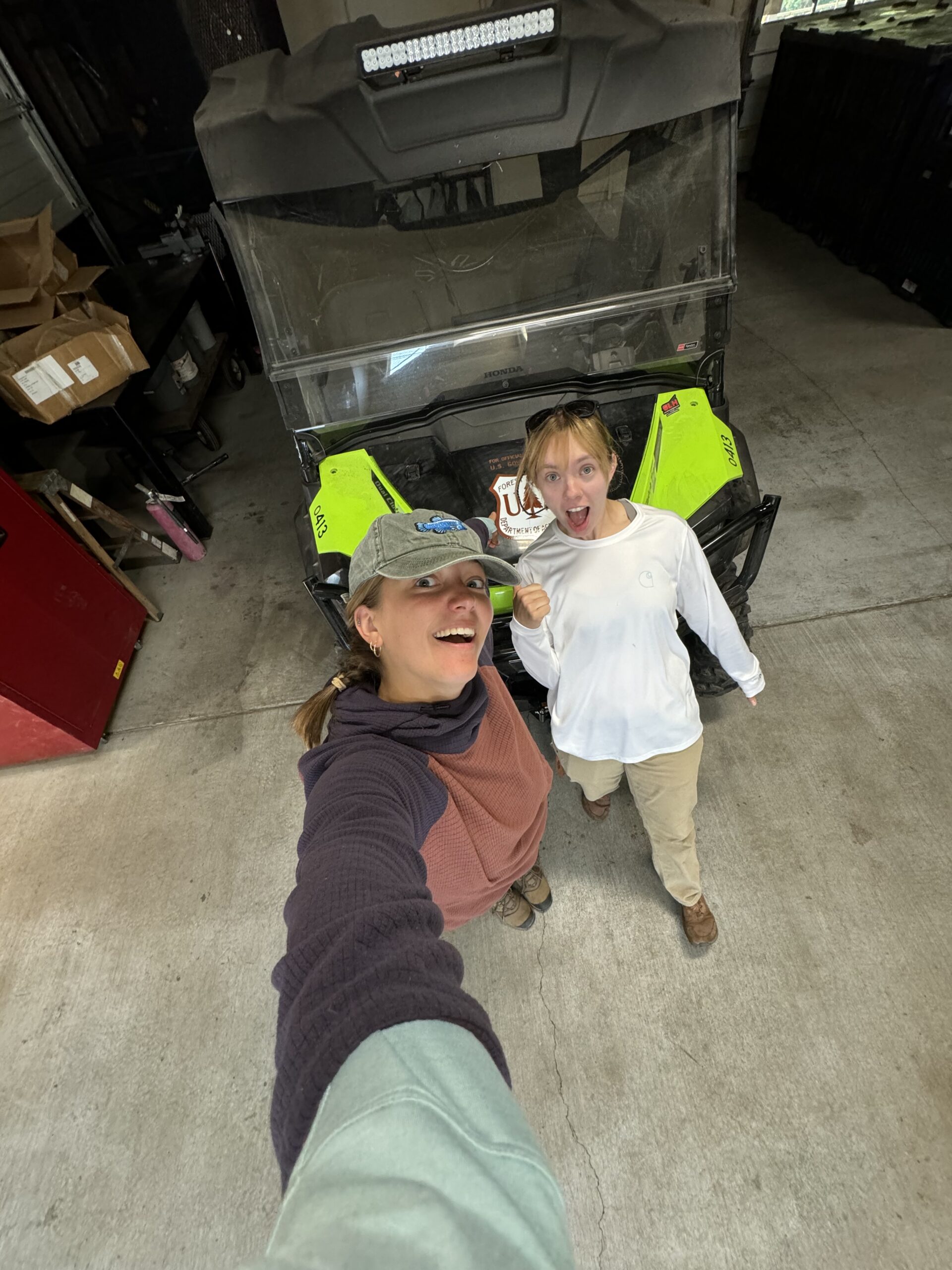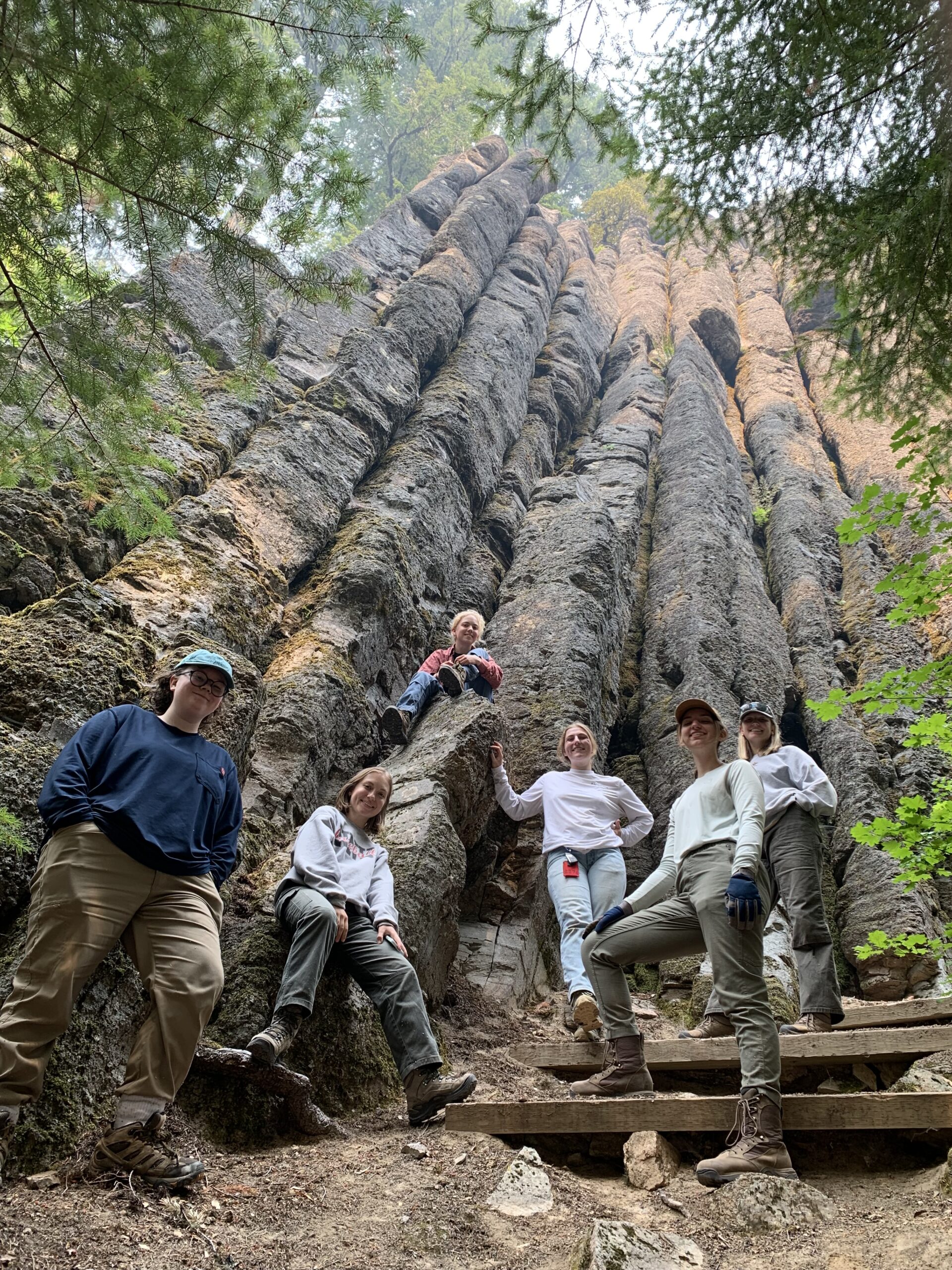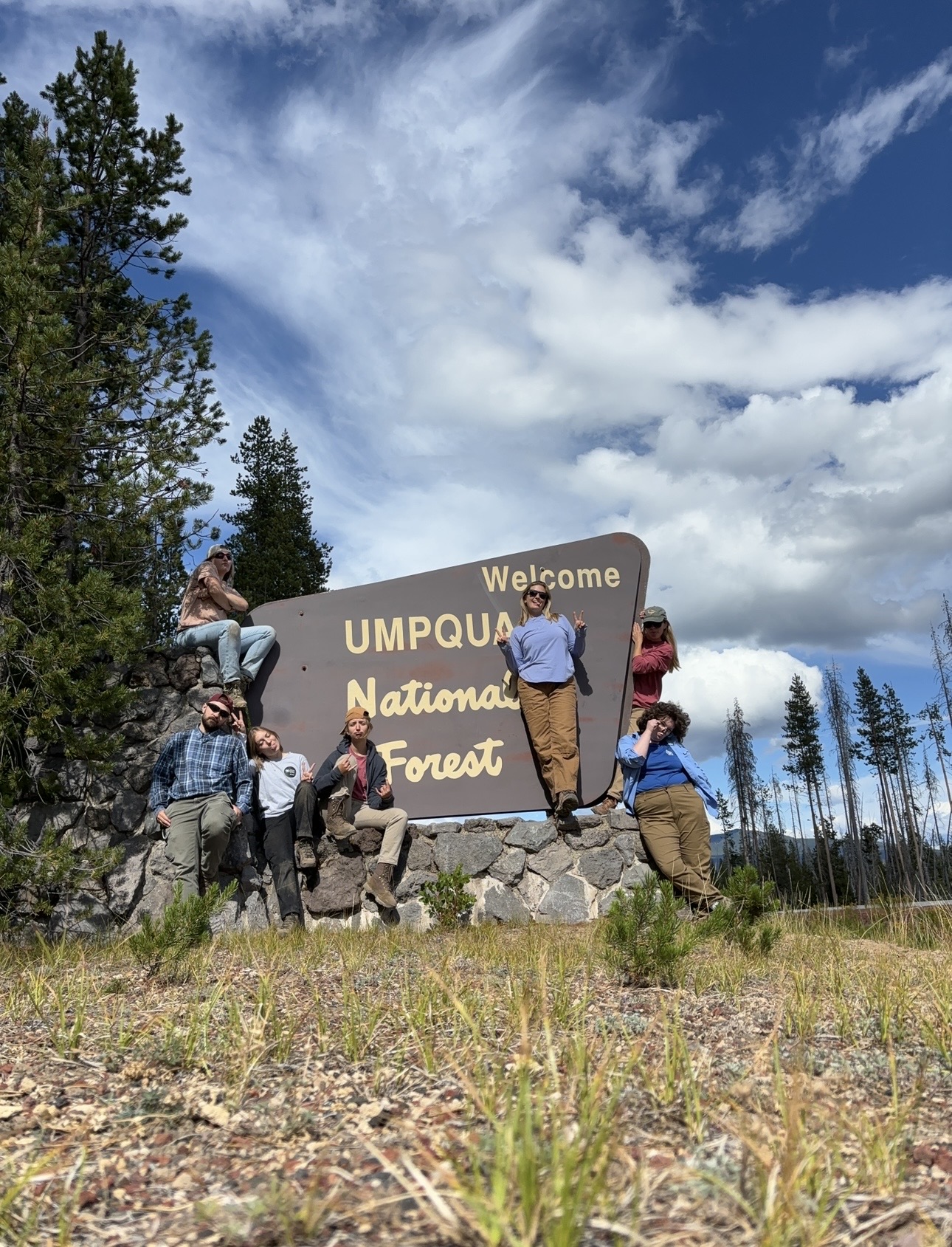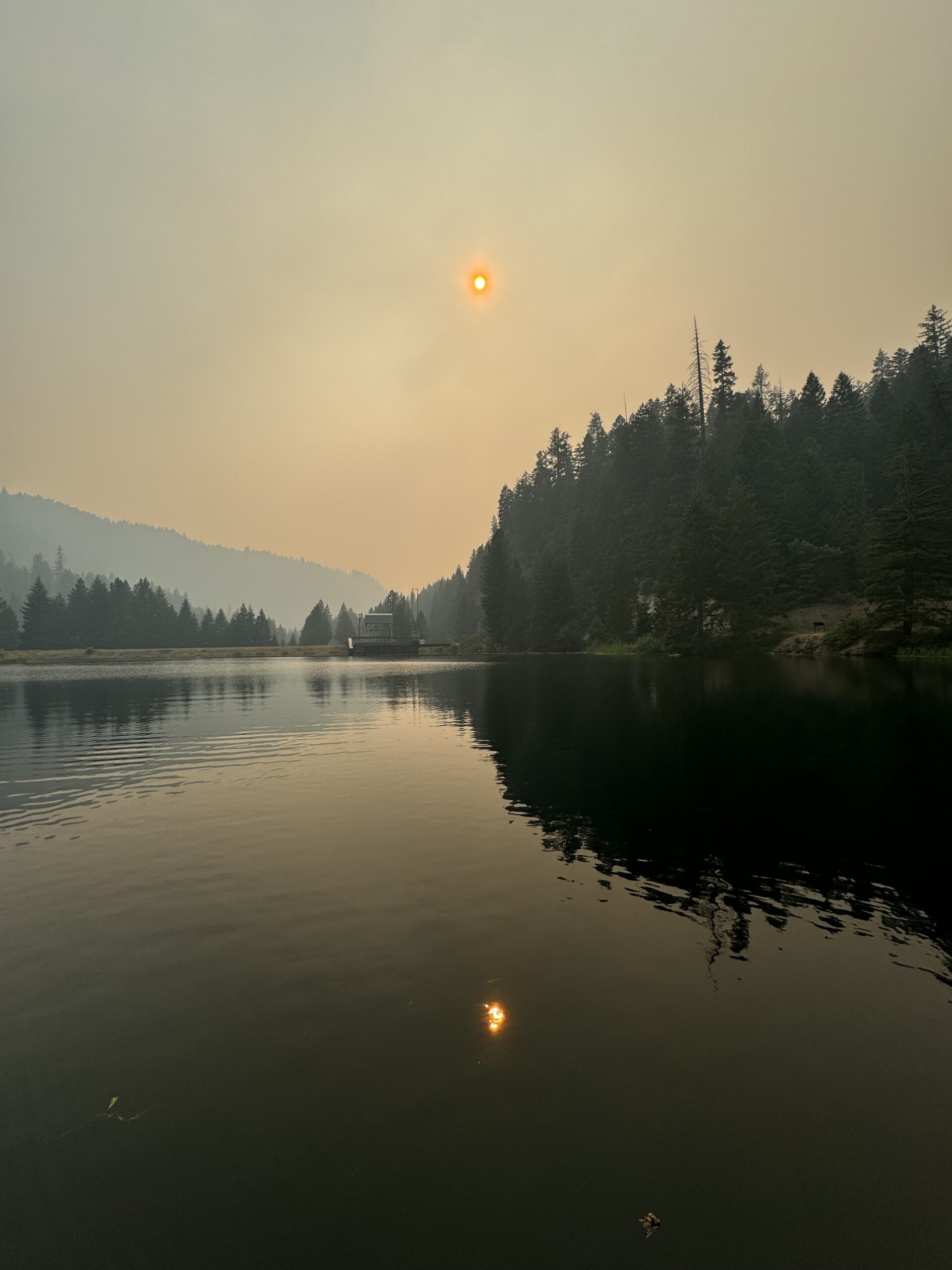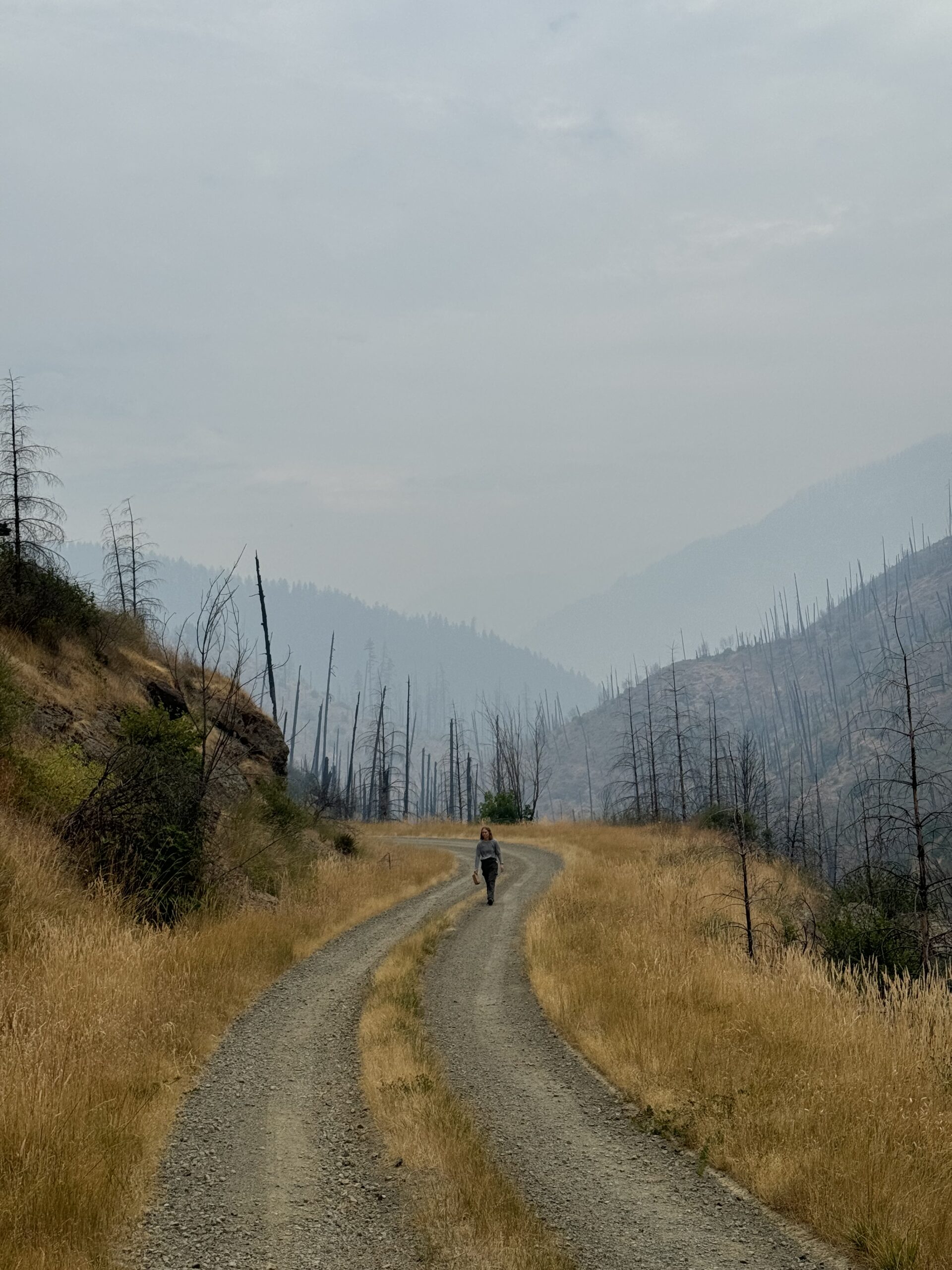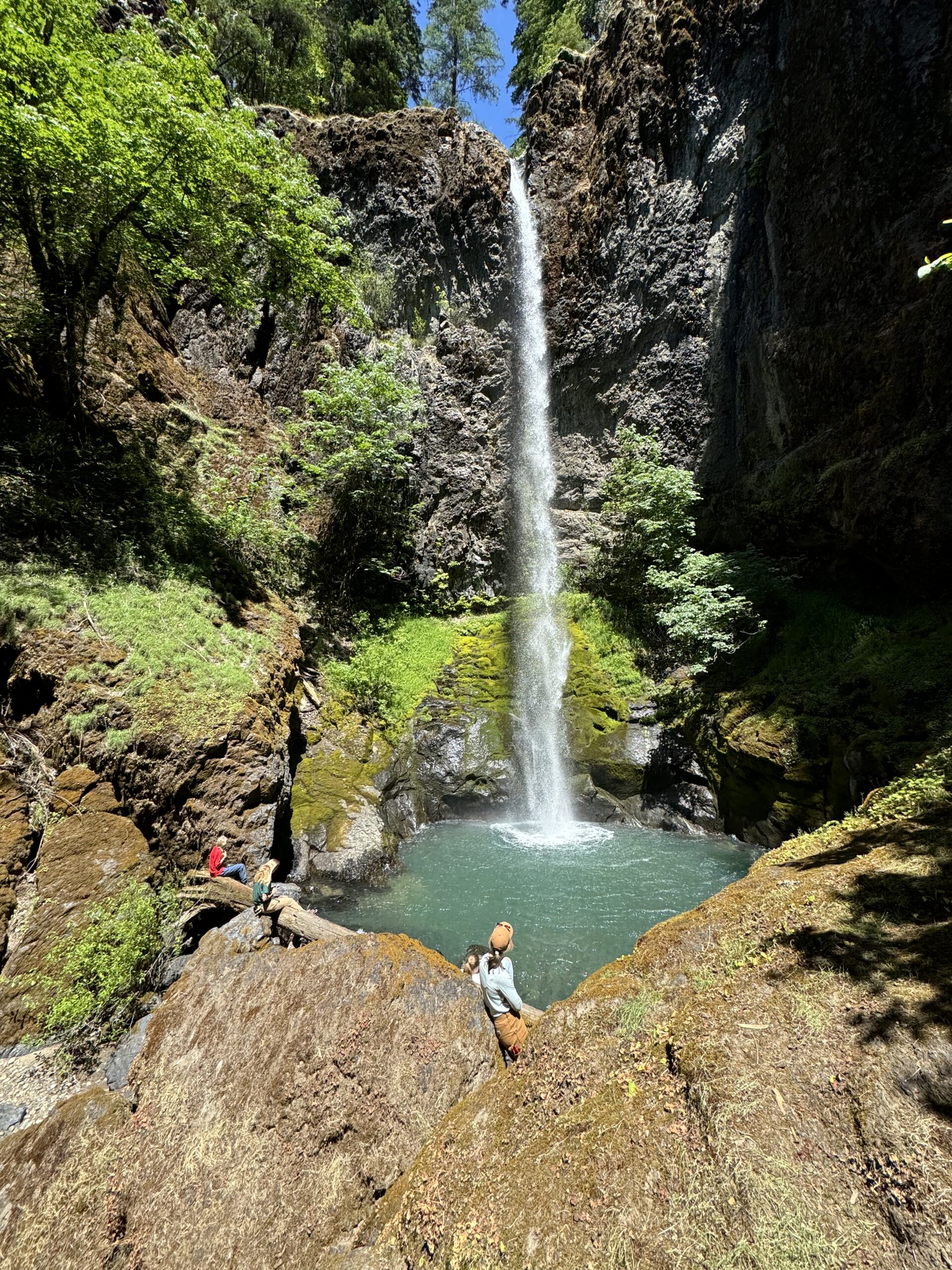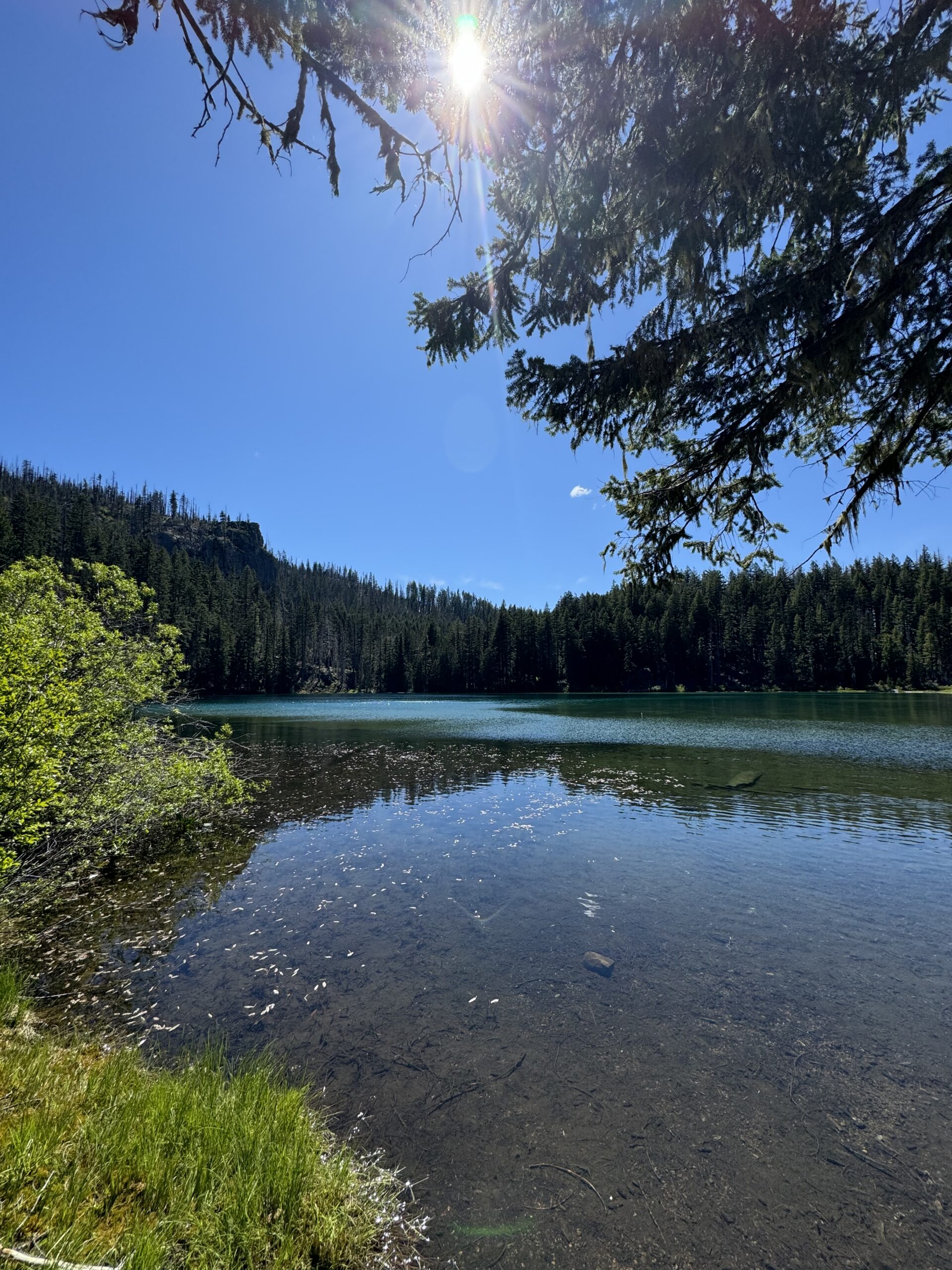What would you do if the ecologist in your forest comes and offers your crew the opportunity to go on a hitch in another forest? Well for me, I agreed to go immediately. We were helping the Northwest Oregon Ecologists collect data on tree plots within the Torrey-Charlton Natural Research Area. This area has been part of a long term study on post-fire growth and yield of Mountain Hemlock. These plots first burned in 1996 in the Torrey-Charlton fire, and were chosen based on severity of the burn. These same plots were burned again in 2022 in the Cedar Creek fire. This gave the unique opportunity for researchers to look at the effects of stands being burned twice and also the amount of carbon released during the 2022 fire.
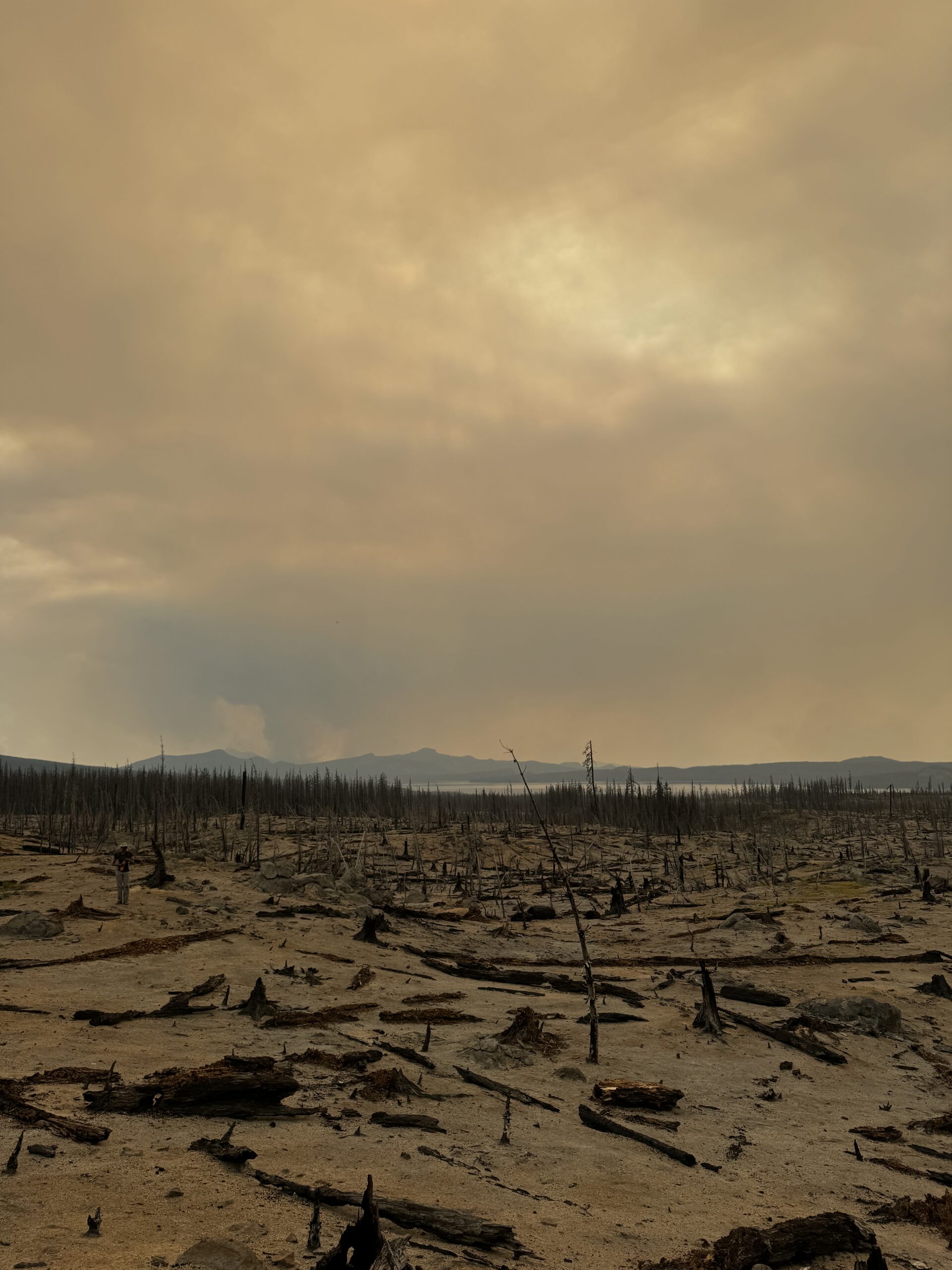
The team hit the ground running. We had 4 days to collect data from 8 plots. It was an intense couple of days but I quickly learned protocols for fuel load transects, vegetation plots, and course wood measurements. A metric tape quickly became my best friend.
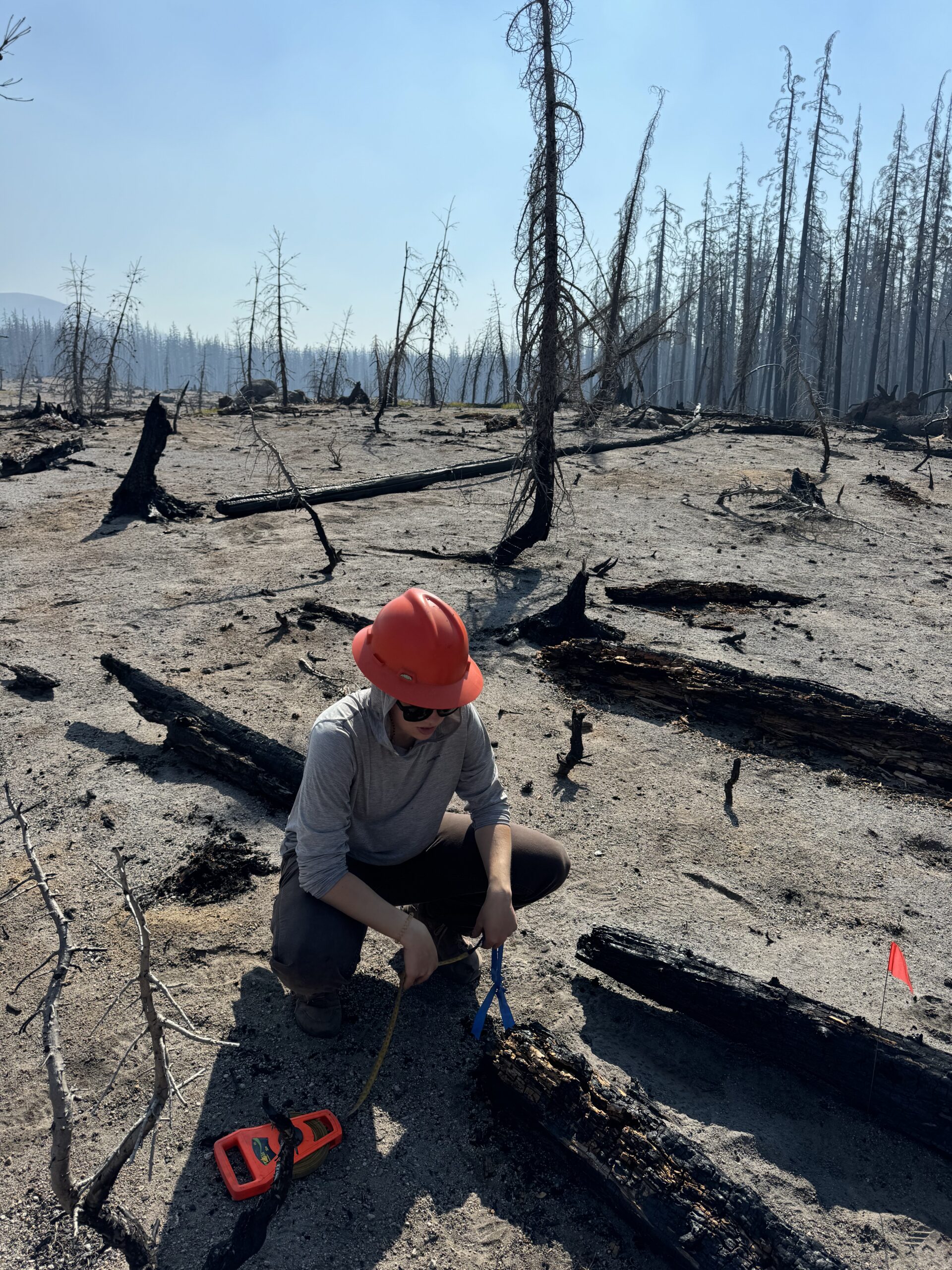
The plots themselves felt like hell on earth. All but one of our plots were burned in both fires. There was no shade and the ground was completely covered with ash. We quickly become covered in dirt each day and I think I drank more water in that week than I have in my entire life. But with my sun shirt and sunglasses I survived the beating sun, but my lips did not. Definitely buying some SPF chapstick to use for the rest of this field season. Luckily camp was based at Waldo lake, making for some chilly but needed swimming at the end of each day. During any hitch a good dip makes you feel clean and refreshed, or at least as clean as you can get in lake water.
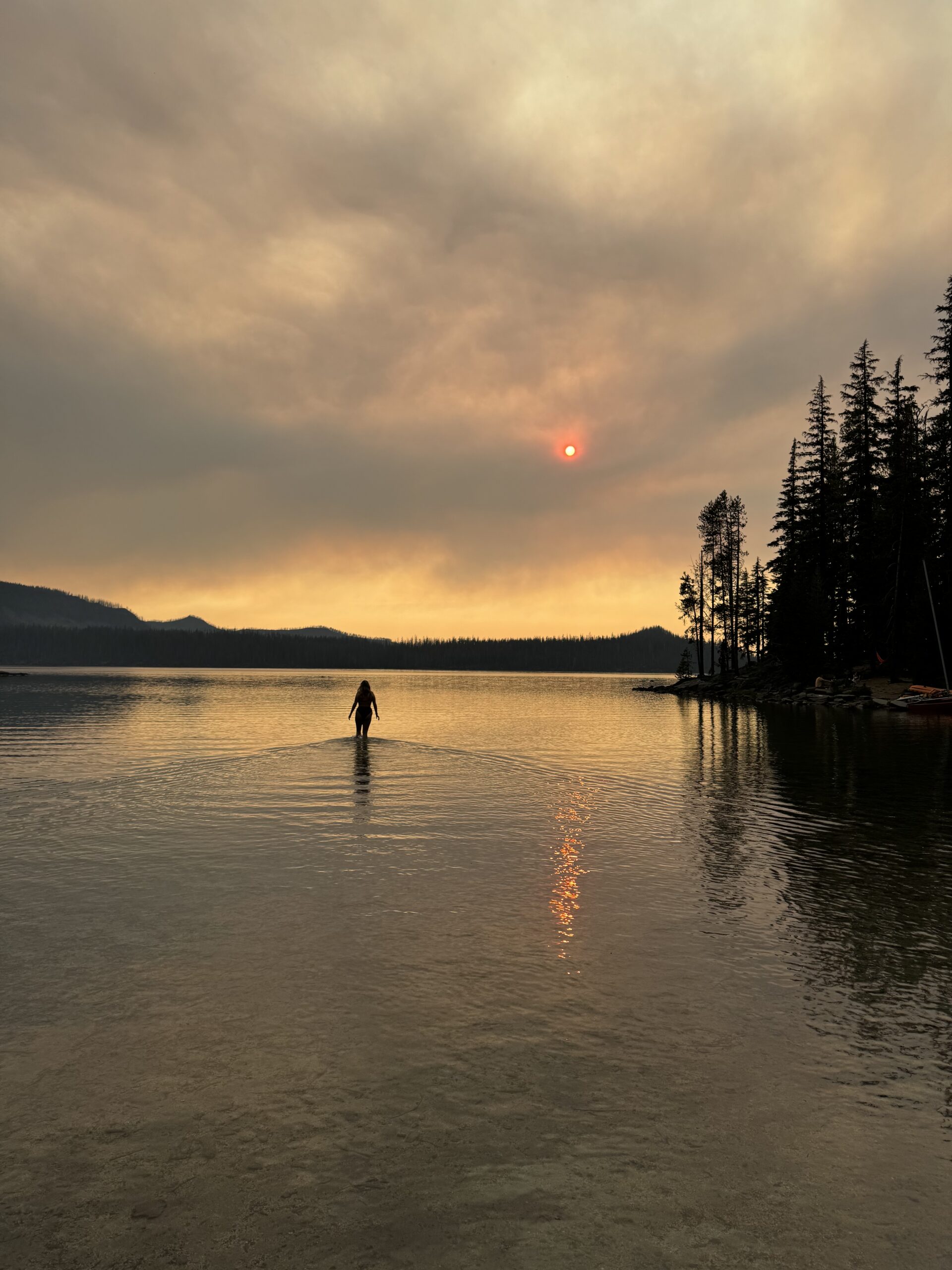
This hitch was unique in that I got to work with people from across Oregon. We had four ecologists from both the Northwest Oregon Ecology program and Oregon State University. It was so intriguing to be able to talk to them about their current projects, future goals, and how they got to where they are today. They each had such different paths, some went to grad school while others were research techs abroad. As someone so early in their career, it was so comforting to hear that everyone’s path is unique. It honestly makes me excited to see where life takes me.
